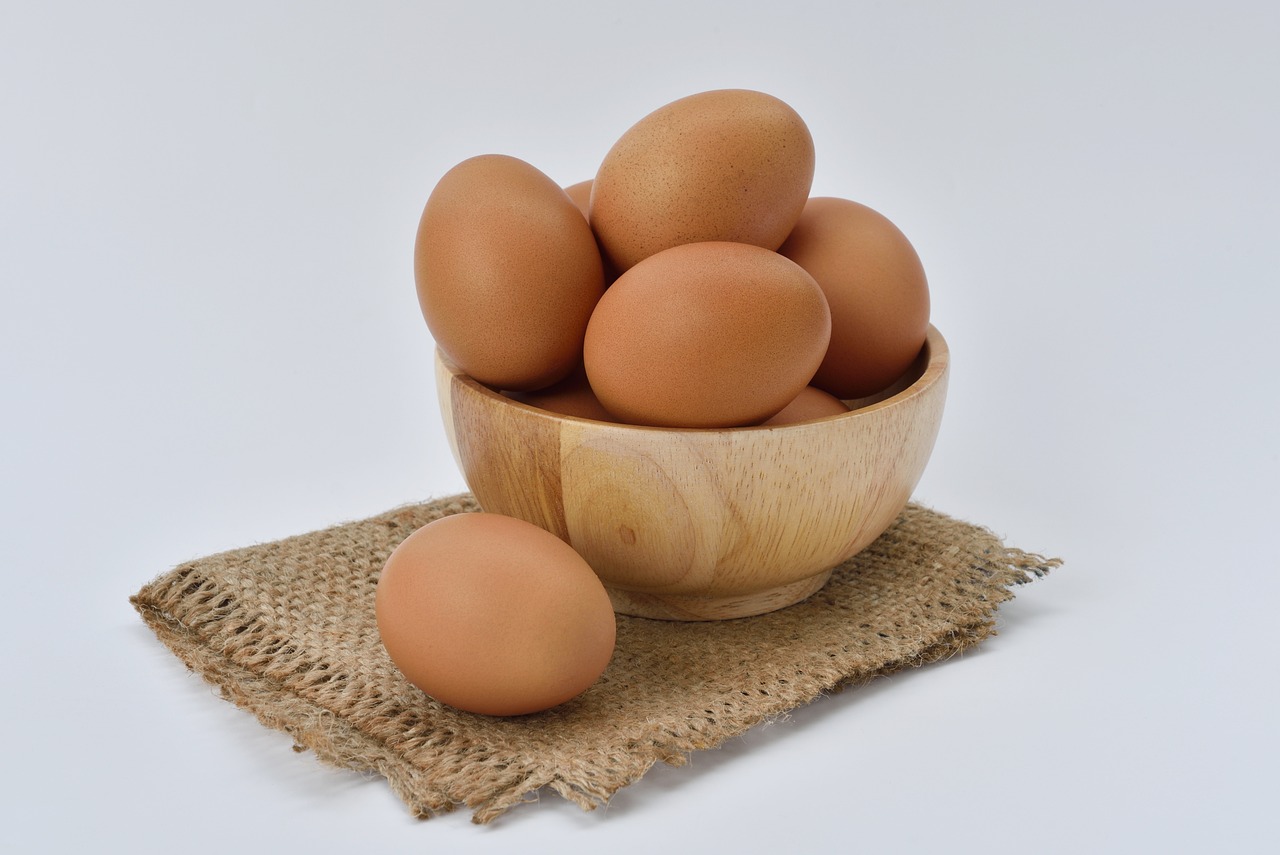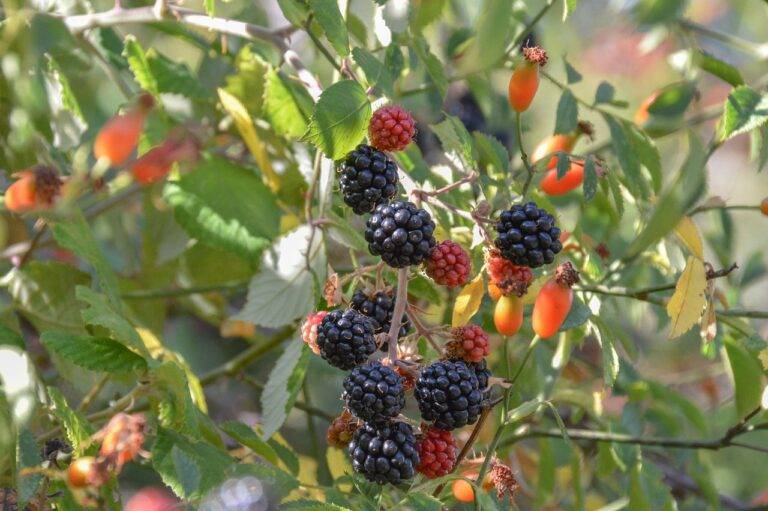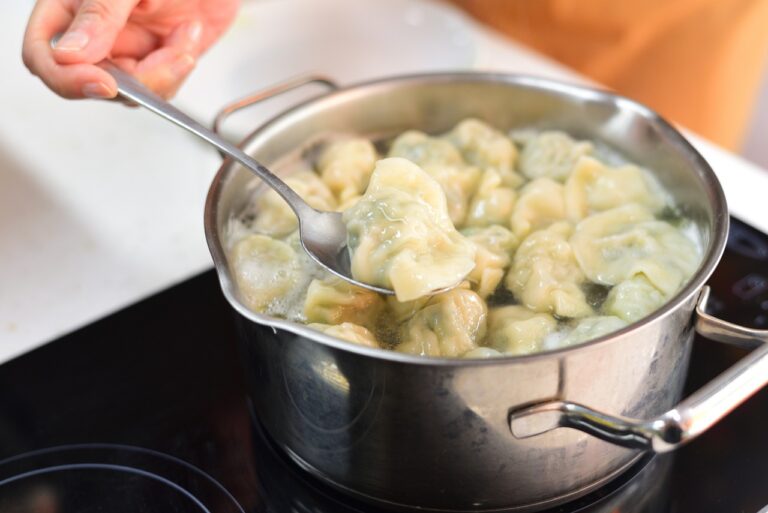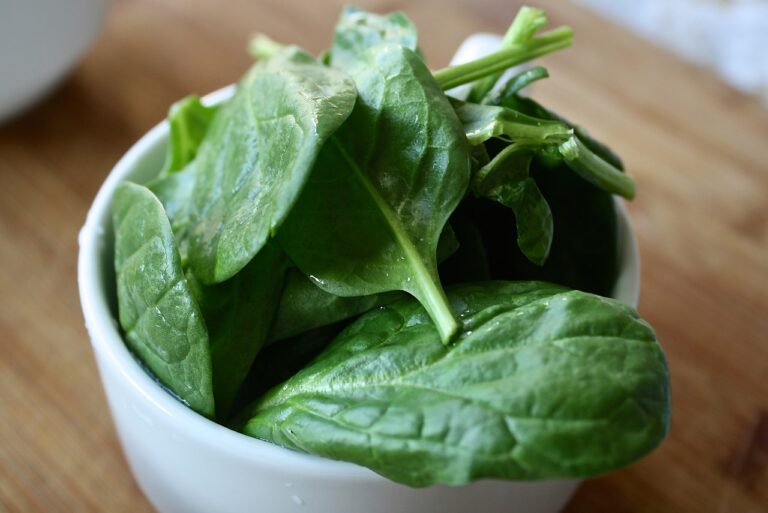Exploring the Revival of Heritage Food Varieties: Preserving Biodiversity Through Agriculture
Heritage food varieties play a crucial role in preserving biodiversity by maintaining a diverse range of plant species that may otherwise be lost. These traditional crops and seeds are often well-adapted to local environments, making them more resilient to changes in climate and pests.
In addition to safeguarding genetic diversity, heritage food varieties also contribute to cultural heritage and the preservation of traditional knowledge related to farming practices and culinary traditions. By promoting the cultivation and consumption of these unique foods, we are not only preserving our biodiversity but also protecting our cultural identity and heritage.
Challenges Faced in Maintaining Heritage Food Varieties
Maintaining heritage food varieties poses several challenges for farmers and agricultural communities. One key obstacle is the lack of market demand and consumer awareness for these traditional foods. In a fast-paced world dominated by modern agricultural practices and standardized food products, many heritage varieties struggle to compete for shelf space and consumer interest.
Additionally, the issue of seed sovereignty and ownership rights hinders the preservation of heritage food varieties. Large corporations often hold patents on seeds and genetic material, making it difficult for small-scale farmers to access and cultivate traditional crops. This threat to biodiversity not only impacts the availability of diverse food options but also undermines the resilience of agricultural ecosystems.
• Lack of market demand and consumer awareness for heritage food varieties
• Competition with modern agricultural practices and standardized food products
• Seed sovereignty and ownership rights hindering preservation efforts
• Large corporations holding patents on seeds, limiting access for small-scale farmers
Benefits of Reviving Heritage Food Varieties for Agriculture
Reviving heritage food varieties can play a crucial role in enhancing agricultural diversity and resilience. By cultivating these traditional crops, farmers can maintain a wider gene pool, which in turn can help protect against potential threats such as pests, diseases, and adverse environmental conditions. Additionally, growing heritage food varieties can also contribute to the preservation of cultural heritage and local traditions, thus fostering a sense of identity and pride within communities.
Incorporating heritage food varieties into agricultural practices can lead to improved soil health and biodiversity. These traditional crops often have deep root systems that can enhance soil structure, reduce erosion, and increase nutrient retention. Furthermore, the cultivation of heritage food varieties can promote sustainable farming practices by reducing the reliance on synthetic inputs and fostering a more holistic approach to agricultural production.
Why is it important to preserve heritage food varieties?
Preserving heritage food varieties is crucial in maintaining biodiversity and ensuring genetic diversity in our food supply. These varieties often have unique traits that can enhance resilience to pests, diseases, and changing environmental conditions.
What are some challenges faced in maintaining heritage food varieties?
Some challenges include a lack of awareness and interest in heritage varieties, limited availability of seeds, and competition from modern, high-yielding varieties. Additionally, there may be a lack of infrastructure and support for farmers interested in growing heritage crops.
What are the benefits of reviving heritage food varieties for agriculture?
Reviving heritage food varieties can help in preserving cultural traditions, promoting sustainable farming practices, and increasing food security. These varieties often have unique flavors and nutritional profiles, making them valuable for culinary diversity and potential health benefits. Additionally, reviving heritage varieties can contribute to the conservation of endangered plant species.







